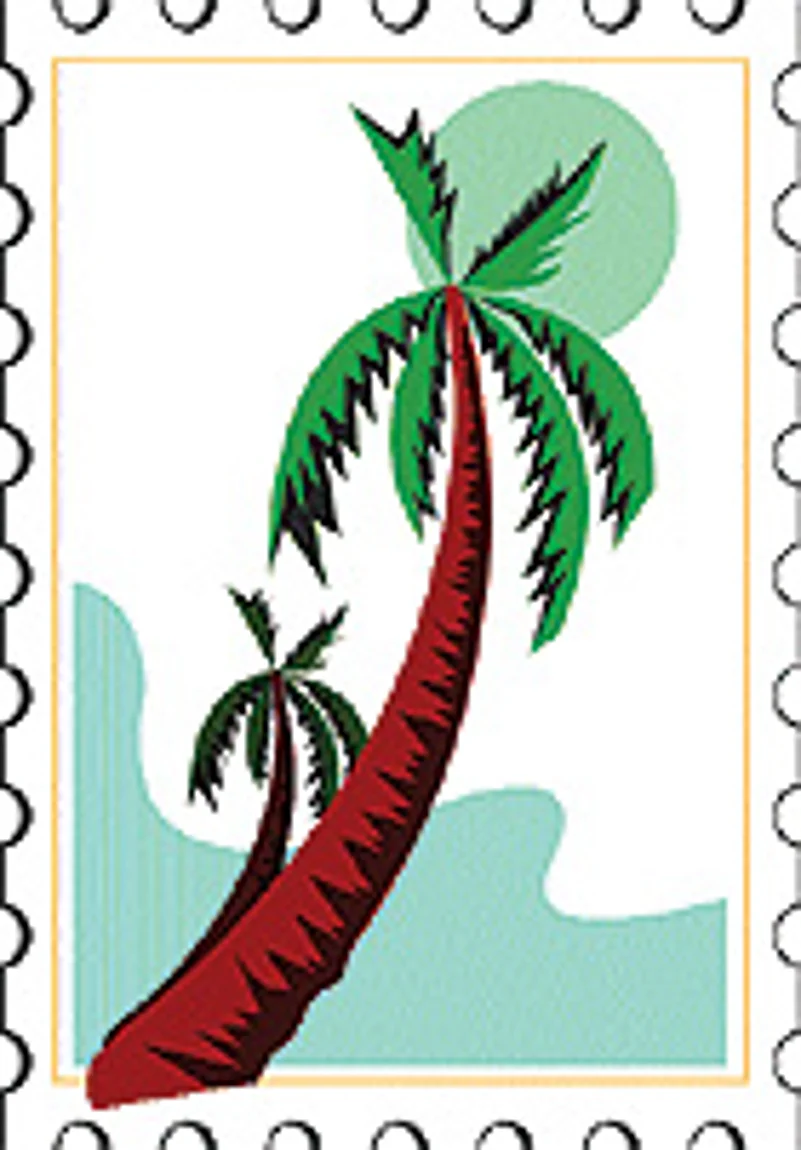
Dollops Of Rio In Jaffna
Twenty years after the Indian Peace Keeping Force (IPKF) left and two years after the war, Jaffna, the spiritual and intellectual capital of Sri Lankan Tamils, still wears a battle-scarred look, despite government and army efforts to rebuild it. The historic Jaffna library tells the story of the ravages the city has faced. Built in 1954, renovated in 1959 and containing ancient Tamil literature, including Dr Ananda Coomaraswamy’s legendary collection of palmyrah folk medicines, it was burnt down in 1981. Only recently reopened—minus the treasured artifacts—it was ransacked again last year. Librarian Thana Balasingham, who was brought in from Trincomalee in 1989, is the guardian. The library’s dome bears an eerie resemblance to the Babri Masjid dome. Inside, I met college girls playing with their mobiles and iPods—unanimously heralding the peace dividend under the watchful eye of the Sri Lankan army following the end of the war.
Jaffna has four other landmarks; a 14th century Dutch fort destroyed by the Tamil Tigers upon their evacuation in 1991 and which is being rebuilt with Dutch aid; the spectacular Nallur Kandaswamy temple, surprisingly untouched by the war; the Clock Tower (without the clock); and the famous Rio ice-cream parlour. The Sri Lankan general accompanying us said his father, who was a government servant in Wanni, used to bring the children to Jaffna for Rio ice-cream.
Patron Saint Of Lost Riches
A drive through Jaffna town shows it is business as usual. Bajaj scooters are selling like hot cakes—200 a month from one shop alone. The streets are dominated by giant hoardings of President Mahinda Rajapaksa with son Namal (and, at places, with local Tamil politician Douglas Devananda also in the picture) declaring: “You are our pride and glory”. Despite new construction, freebies and promises, the development slogan did not work for Rajapaksa’s party. The Tamil National Alliance, which was allied to the Tamil Tigers, swept the local elections, confirming the ethnic divide and the failure of the military victory to bring about peace and reconciliation. Yet, the army appears seriously engaged in a makeover of Jaffna.
Madhu church at Mannar, like the one on Kachchatthivu island, is frequented by devotees of St Antony. The local nun explained that people come because St Antony helps in the recovery of lost wealth. India has an able minister who shares the saint’s name and who has done well in protecting the interests of his ministry. Perhaps, this minister should be used to recover our country’s lost loot.
Ocean View Promenade
One should see the quality of the security at Colombo’s Bandaranaike airport and elsewhere in the capital, even two years after the war, to understand how Sri Lanka defeated the Tigers. Our own laid-back paramilitary forces could learn a lesson or two. No one is taking a chance on the resurgence of terrorism. The anti-aircraft guns mounted on a tower behind the US Embassy on the waterfront for decades have finally been muzzled. The Galle Face Green is still not green despite several attempts to transplant manicured grass. Sir Henry Ward’s colonial plaque on fitness keeps the coastal promenade between Galle Face and the quaint Ceylon Continental Hotel bustling with joggers. The Sri Lankan Lion flag is now proudly hoisted at dawn by army guards, a ritual that began during the war after the capture of the Tigers’ political capital, Kilinochchi. Young lovers sit crouched in corners on the Green, shrouded by umbrellas and diligently guarded by stray dogs (whose population has shrunk in the last two years). The army and MoD headquarters are being replaced by the Shangrila hotel overlooking the Green, the most expensive piece of real estate in Colombo. The Taj Samudra, a relic of the IPKF era, is badly in need of a face-lift.
Galle’s Weathered Face
Still by far the most popular among hotels, Galle Face is also one of the oldest. Five years ago, the old wing had rooms the size of a squash court. A 130-year-old lift still works, but with two lightweight persons. The hotel advisory recommends using the mahogany staircase. Big fat Sinhalese weddings outshine our Punjabi fare at Tivoli Gardens. Very English, elegant and meticulously rehearsed, the bride and groom are surrounded by a phalanx of cameras at every step. The well-preserved John Fernando, only slightly younger than the hotel, who has seen the fall and rise of Sri Lanka, shared the statistics of marriages consummated in the Galle Face. Sinhalese, 20 a week, Tamil, one a week and Muslim, one a month. What does that say?
Prominent among the memorabilia on display in the foyer is the board of VIPs who have stayed in the hotel. The doyen of diplomacy, Henry Kissinger, film star Bo Derek, Britain’s Margaret Thatcher but no ‘real’ Indians except the British India-born journalist Mark Tully. Upon checking in, I was elevated to VIP status and provided the Regency Lounge. I noticed next morning the tiranga aflutter alongside the Lion flag. Curious, I asked Mr Fernando why. He confided: “Some retired IPKF general is here!”
(The author commanded an IPKF regiment in Sri Lanka.)
















